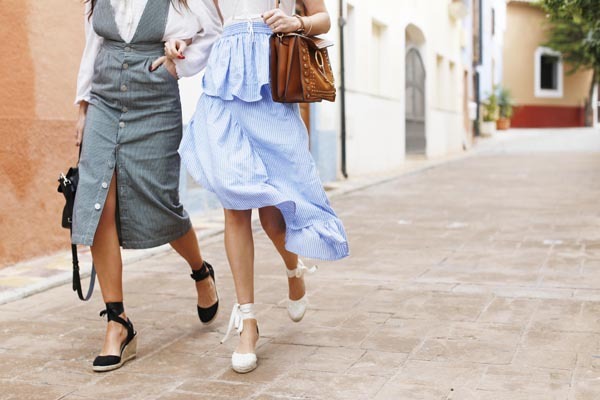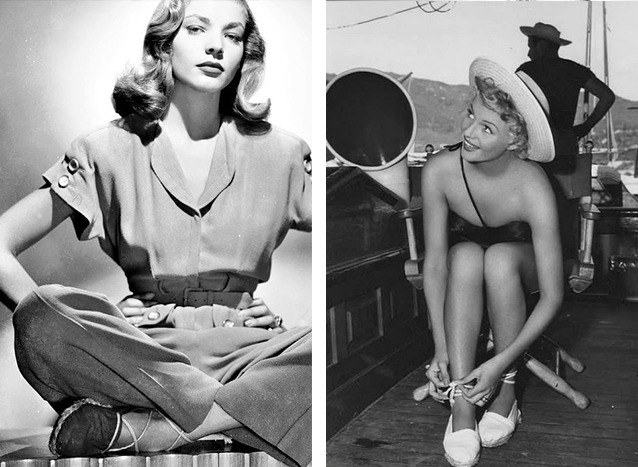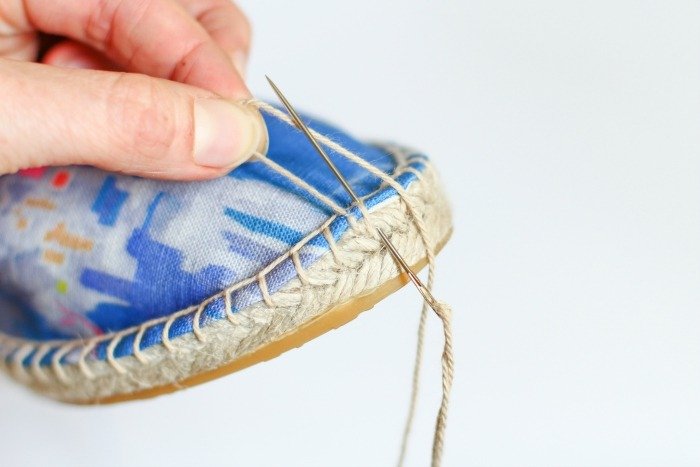
History

Mostly peasants wore Espadrilles because of the price and ease of availability. So, the style quickly became popular in the regions of the Basque Country and Catalonia.
The production process was highly complex. It required many craftsmen to create the treads. Another artisan known as an alpargatera were creating the rope soles. Finally a seamstress was sewing the fabric upper and band. The result was a lightweight shoe- perfect for the warm climate of the Pyrenees. Also, flexible enough to mould to the active lifestyles of the wearer.
Espadrilles have strong roots in Basque culture. Everyone wore them, from the King of Aragon’s infantry, to mine workers and priests. In addition to being worn by soldiers and laborers, espadrilles were also the go-to shoes for the Catalan national dance, ‘Sardana’. Dancers wore a specific type of espadrilles called “Espardenya,” that featured ribbons that tied around the ankles. They even became a part of the political movement in the 19th century where they signified specific regions during Catalan independence and the Spanish Civil War.
How it’s made

This fibre was created from grasses in southern Europe to make baskets, cords and shoes. These were then sold in the local area. The esparto fibre connects the various parts of the shoe together. It would wrap around the ankle, covering the toes and tying the sections to the sole of the shoe. This particular style of footwear aims to be simple and functional.
The espadrilles of today

In modern fashion history, espadrilles caught on in the 1940s, when Lauren Bacall wore an ankle-laced pair in the 1948 movie Key Largo. Sophia Loren and Grace Kelly liked the shoes. In addition,political honchos like JFK, was wearing them while summering in Cape Cod. In the 1960s, French fashion house Yves Saint Laurent introduced them in wedged form.
Today, you see many different adaptations and versions of this shoe. Brands are experimenting with their own materials and styles and marketing them to different price demographics. Global artisanal value and importance is going up. So, the more authentic and traditional the shoe, the pricier it is.
Sources: Startup Fashion, Esquire, Vogue India
– Written by Eshaa Joshi
While espadrilles continue to define effortless vacation footwear, they pair perfectly with other seasonal essentials like retro sunglasses you shouldn’t miss this summer and a well-planned summer travel capsule wardrobe that prioritises comfort, function, and style.
Follow AiSPi on Instagram and check out our blog where we share upcoming designers and the latest news to know from the European fashion community.

